Be they sweet like bell peppers of all colors or fiery hot like habañeros and California reapers, pepper seeds grow best in hot weather. The quality and growth of your pepper seedlings depends on the soil temperature and the amount of nutrients you feed it. You can learn more about how to prepare compost through our extensive and complete gardening guides to ensure your peppers are properly fed while they are growing.
To plant peppers, make sure you set out the pepper seeds at least 2 weeks before the last frost when the weather is slightly warmer. To protect them against the frost, place your pepper seedlings inside at night and outside in a sunny spot during daytime.
This versatile fruit isn’t just great in foods, but it’s also easy to plant and grow, even if you are completely new to gardening, and it isn’t so different than growing strawberries or even planting potatoes. Enjoy your peppers in a hearty salad, or prepare stir-fries, fresh and spicy salsa mixtures, sauces, or use the spicier varieties as garnish for your curries.
Just always remember to note the timing when you are growing peppers. This is because the longer you wait to harvest them, the riper they become. Sweet bell peppers can change their color from green to yellow or red which creates more of a sweetness in taste and also improves the vitamin content. Similarly, harvesting hot peppers once they have turned red is an excellent option for those who enjoy that extra kick of heat.
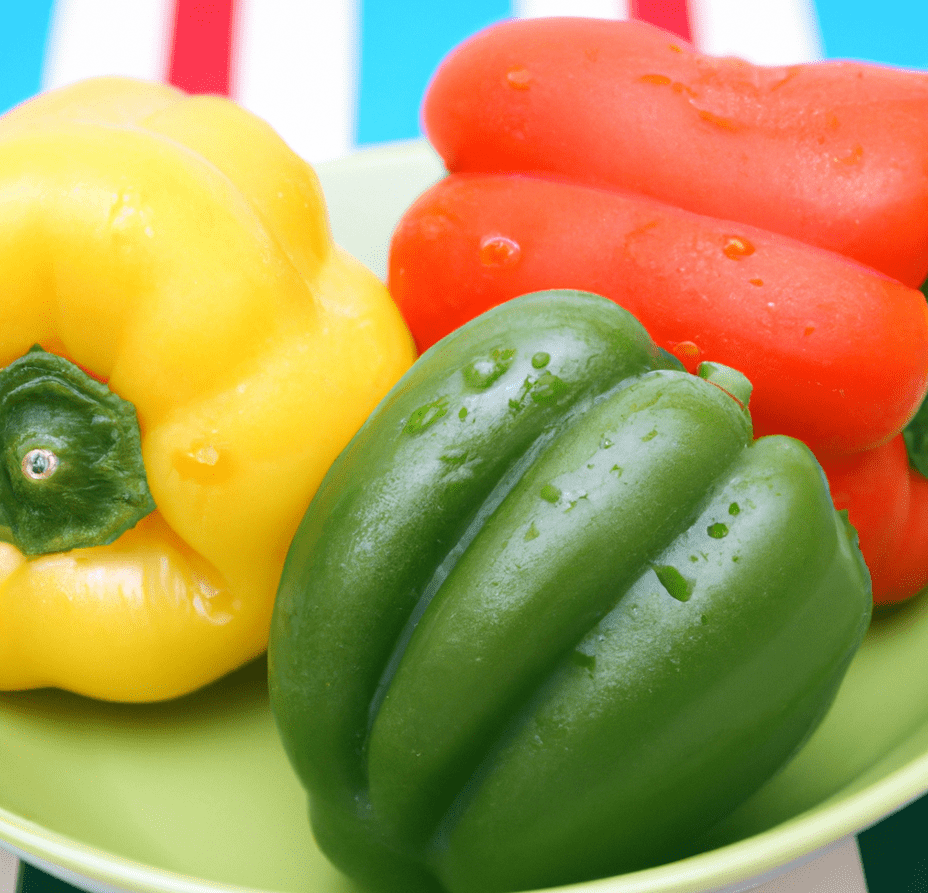
Simple Guide to Growing Peppers
For such a versatile and delicious fruit, pepper plants are indeed easy to grow and will thrive in warmer climates. Here is a summary of the steps you will need to take to grow your very own patch of pepper plants, be they sweet or hot.
- Keep the pepper seeds outdoors once the last spring frost is over. This is because sweet peppers grow best in containers, in-ground gardens, or raised beds.
- When planting them, make sure that each is set 18-25 inches apart. The spot should receive plenty of sunshine and the soil should be well-drained. For optimal results and growth, make sure that your pepper plants get 7-8 hours of direct sunlight every day.
- Feed your soil compost or other organic fertilizer to keep it rich in nutrients. This will greatly help in improving the taste and texture of your pepper plants.
- Once planted, remember to water these plants immediately and continue regularly throughout the season. You should ideally aim for 1-2 inches per week but you can always increase this if the weather gets hotter.
- Add and replenish a continuous-release fertilizer during planting and then throughout the season.
- Mulch techniques for your peppers can also greatly help especially chopped leaves or straw. Spread it around the base of the pepper plants to ensure that your soil temperature is cool and moist.
- These pepper plants can grow quite tall so make sure you support them with a stake or tomato cage to support the weight of the fruit.
- Use shears or a knife for harvesting peppers and keep them in the fridge. You should harvest them before the fall frost kicks in.
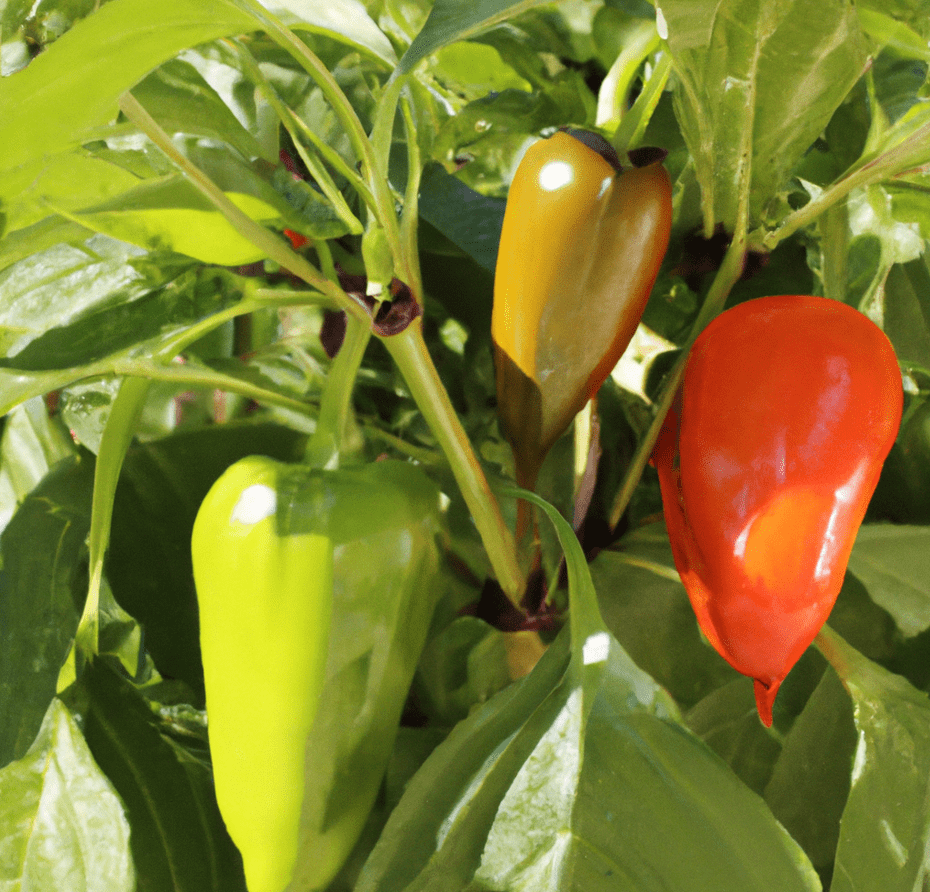
Planting Your Pepper Plants
Growing hot or sweet peppers is quite simple and so long as they are placed in a sunny, well-drained spot, the plants will sprout fruit for you to enjoy. The pepper plant grows upright and the weight of the fruit can break the brittle branches, which is why staking can be quite useful.
It is best to ensure that your soil’s pH level is between 6.2-7.0 but thanks to its resilient nature, the pepper plant can also withstand slightly higher alkaline levels near 7.5.
When planting pepper seeds, it is recommended that you mix several layers of compost with the top soil as this organic material helps your soils remain moist which is a crucial element in pepper growth.
Now, if you are growing peppers inside a container or raised bed, then you will require lighter soil. Fill your pots with a premium, high quality fluffy pot mix. Its nutrient-packed compost will enhance growth, texture, and taste.
Similarly, for raised beds, using organic pot mix helps with drainage and nourishes the roots of the plant. Whether you plant it in a pot, raised bed, or in-garden, always remember to mulch it with shredded leaves or other material to help cool the soil and retain moisture.
If you have a larger patch of pepper plants, then we recommend adding a continuous-release fertilizer regularly to the soil throughout the season. You can read the instructions on your choice of fertilizer and how often you will need to replenish it.
All you need to do is pull back the mulch, mix in the fertilizer at the base of each plant, replace the mulch, and water it all well. You can also use a water soluble fertilizer instead each week.
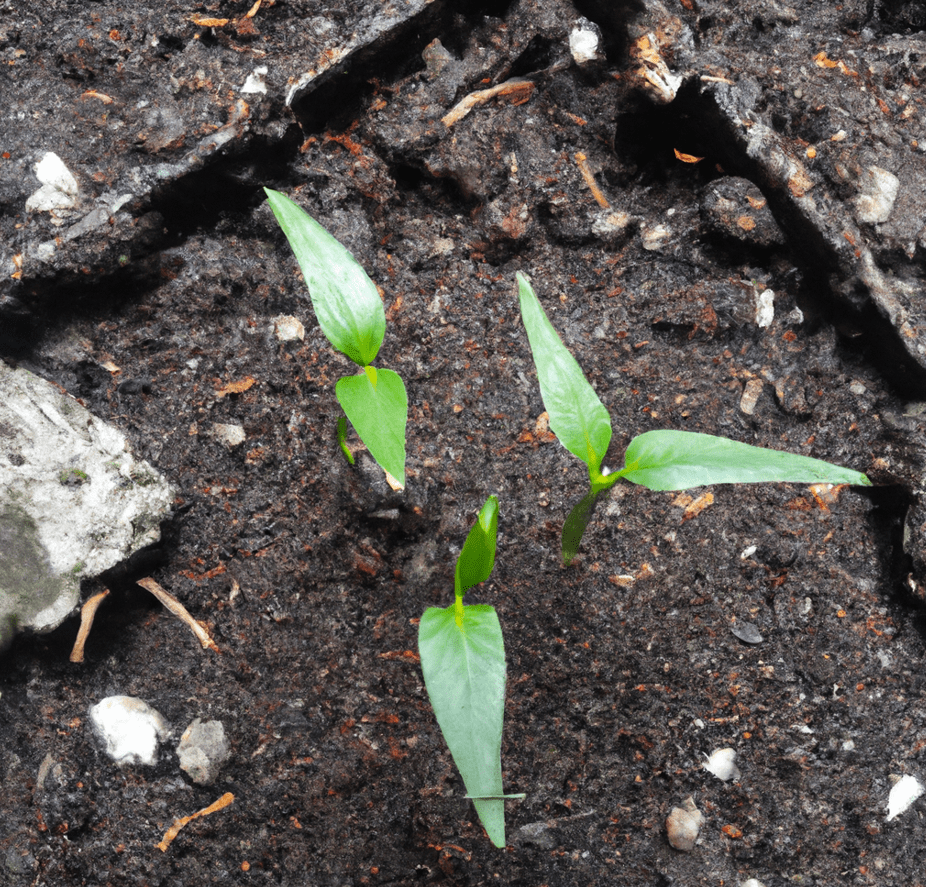
Caring for Your Pepper Plant Seedlings
Though they may be easy to grow, pepper plants are susceptible to a variety of diseases and pests. Most gardeners can tackle this problem by simply growing a more pest and disease-resistant variety of peppers. However, despite this, we recommend always keeping an eye out on young plants that may seem wilted or frail as this can be a sign of viruses spread by aphids or other insects. Parched pepper plants may fall victim to root-knot nematodes.
Pepper plants thrive in warm or hot climates. If there is a sign of a late cold spell during springtime, then it is crucial to cover your bell peppers as they may otherwise become damaged or die due to severe frost damage.
Finally, when it comes to caring for your bell peppers, patience is a virtue! Before you begin fretting over why your peppers haven’t yet changed their color to yellow, red, or purple, as stated on the seed packets, remember that fruit can take its time to change and ripen from green to its mature, final hue. Invest the time and care, and be patient because the final result will always be more than worth it.
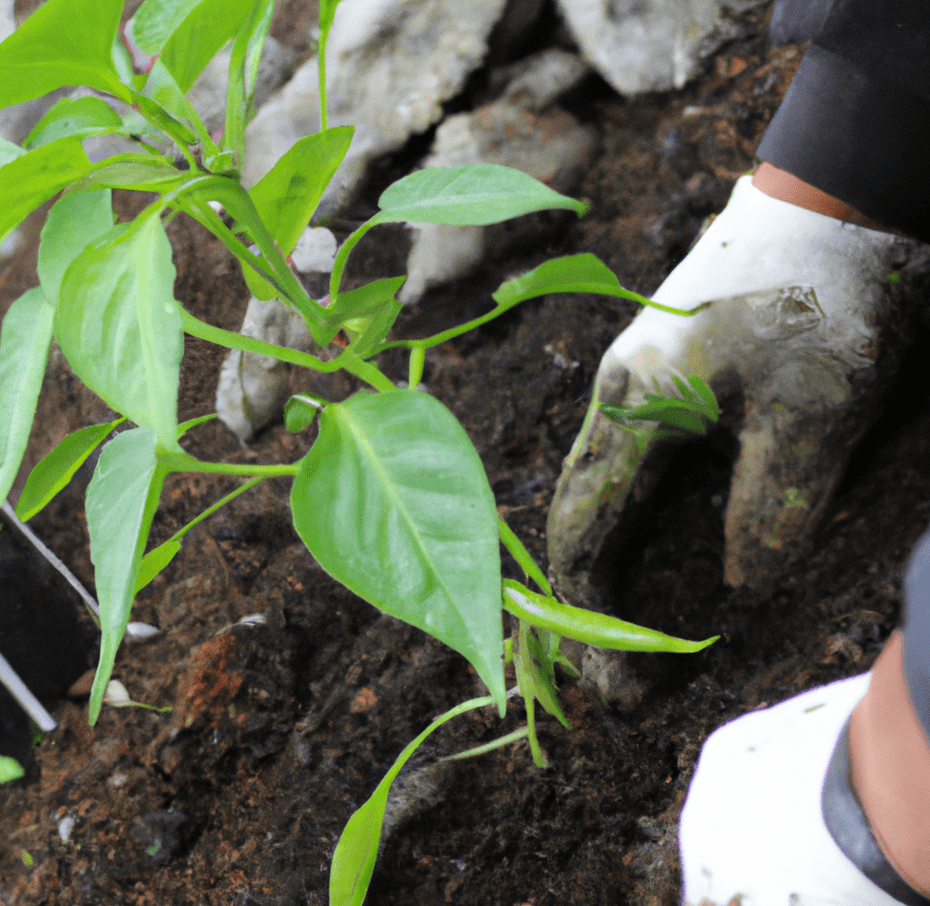
Harvesting and Properly Storing Bell Peppers
When it is finally time to harvest your peppers, use shears or a sharp knife to cut them off the plants and make sure you leave behind a short stub. You can pull them off with your hand but this will most likely lead to breaking the whole branch.
Once you have your new peppers, rinse them well and dry them thoroughly before storing them inside your refrigerator. If you have too many and are worried that they might go bad before use, then you can even dehydrate them, freeze them, or pickle some for later consumption.
Your pepper plants will continue producing fruit even when temperatures begin to fall. However, when frost falls, it may kill young plants. To prevent this, harvest your pepper plants as soon as the frost begins to settle in. Larger peppers will taste incredible as they will be ripe but the smaller, green ones may taste bitter. You can throw these bitter ones away or compost them for later plants.
When you harvest peppers that have just begun to change color, they will continue to ripen when stored in the warm indoors. This can continue for at least the next 3 days. If they haven’t changed color from green but are large enough, you can still consume them. Check for any areas on them that have begun to soften or shrivel. This is a clear sign that your peppers need to be consumed as soon as possible.
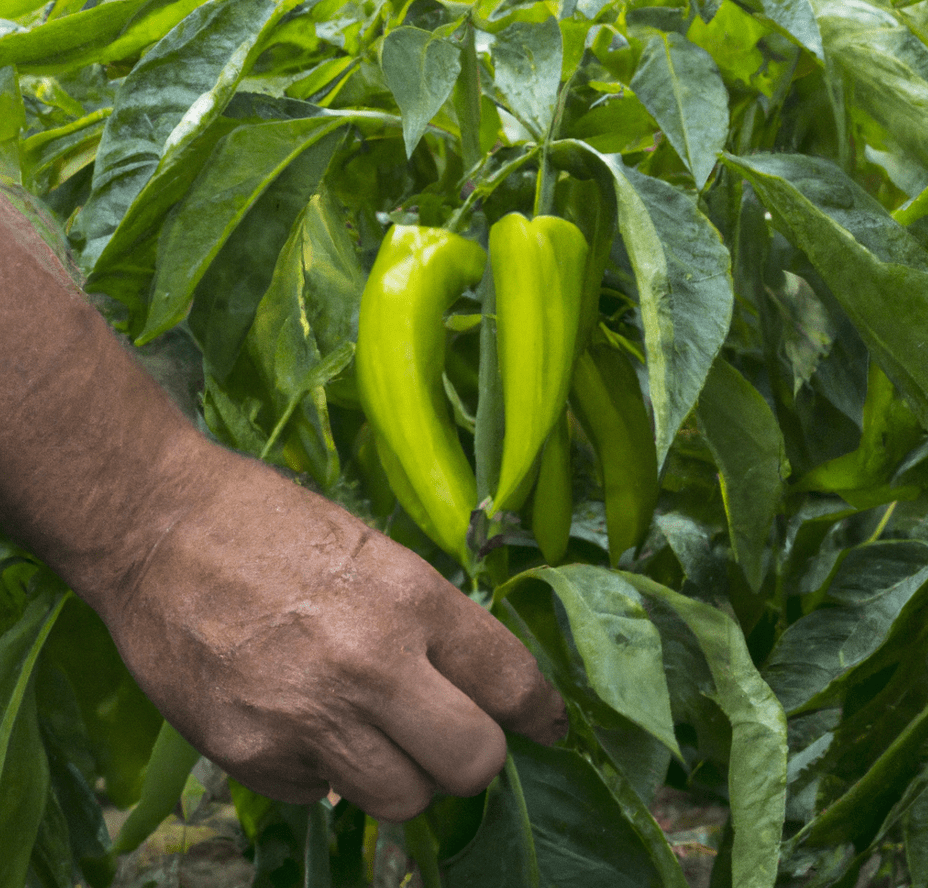
Harvesting Hot Peppers
The fiery kick in hot peppers is produced through the oily compound called Capsaicin. This is concentrated in the ribs, seeds, and veins of the peppers. Some people may be very sensitive to it so exercise caution wherever possible.
Most people may begin to sneeze, cough, or have trouble breathing when exposed to compound. Others may notice watery eyes, rash, or a burning feeling in your fingers if you have touched the seeds or veins of the peppers. If you feel any of these symptoms, wash or flush your hands with cold water immediately.
If you eat a hot pepper and it’s too hot for you, drink a glass of cold milk or a couple spoonfuls of yogurt to help counter the burn. When your skin begins to burn because of touching a pepper, this is because capsaicin has penetrated through your skin or nails. Soaking your hands in a 5 to 1 mixture of water and bleach will turn this compound into salt which you can easily rinse away.
Do not use towels or kitchen rolls that may have the lingering remnants of capsaicin. Always wash them first. The same goes for chopping boards, knives, and other prepping tools.
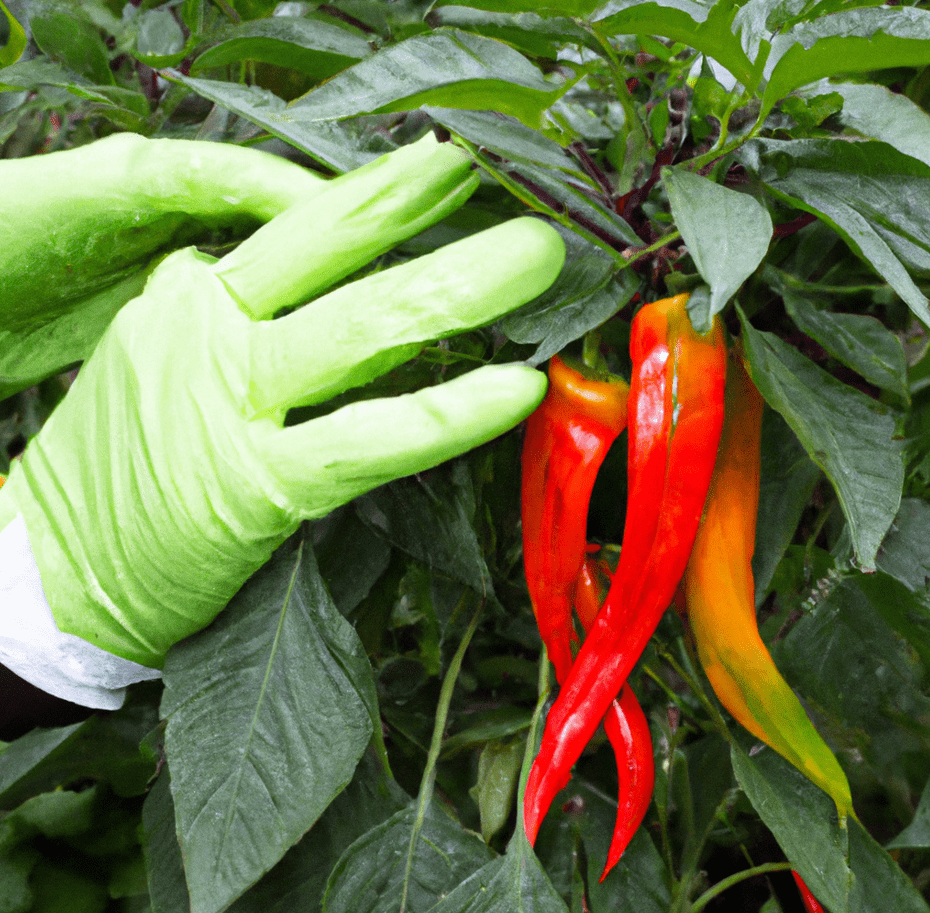
Best Varieties of Pepper Plant
There are several different varieties of peppers in the market or at your local garden center such as green peppers, banana peppers, red bell peppers, and a range of spicy and fiery types as well. If you want to grow peppers, you can pick any type but there are some recommended, best varieties that are disease resistant, versatile, and delicious in taste. Whether you plant peppers outdoors, in pots, or in a raised bed, there is a pepper plant perfect for your garden and its soil moisture.
1. Gourmet AGM
The distinctive bright orange color of this pepper is simply brilliant and looks stunning planted in your garden or finely chopped in your salads. This is a sweet pepper that has a long cropping season and it can be grown outdoors, in containers, or even in a greenhouse.
2. Tarquinio AGM
These are large peppers that change their colors from green to bright red. They have an excellent yield and early cropping as well. It grows best in containers or under cover.
3. Mohawk AGM
These lovely fruits mature into a bright yellow hue and are usually 4-5 inches in size. They have a thick membrane and can be grown well in containers.
4. Amy AGM
A creamy white pepper that matures into a bright red coloring. It is usually smaller in size, but the plant is very sturdy. This pepper grows best in heat.
5. Corno di Toro Rosso AGM
These are incredibly sweet red fruits that grow up to 8 inches, which makes them a slightly larger variety than other peppers. When green, you can harvest them in around 60-65 days and 70-80 days when they are red. This is also an Italian origin sweet bell pepper.
Challenges and Remedies of Growing Peppers
Although easy to grow, there can be quite a few challenges that may occur when you plant peppers.
1. Aphids
These pesky insects suck the sap out of the plant and leave behind a gooey, sticky honeydew that leads to the growth of black molds. You can find colonies of greenflies on the leaves or shoot tips.
You can use biological control to eliminate these colonies or even squash them with your fingers.
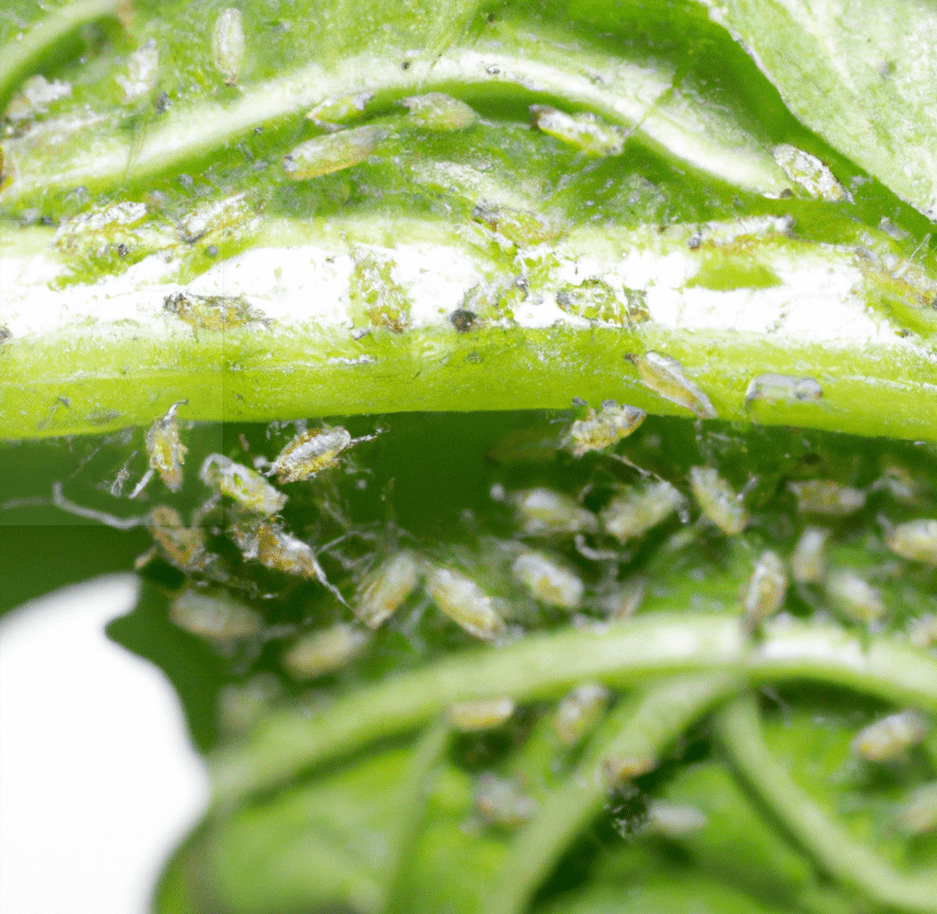
2. Whitefly
Whiteflies also suck your plant’s sap and leave behind a sticky honeydew which can cause a sooty mold to form on the leaves.
You can get rid of these by using biological control or by placing sticky traps.
3. Red Spider or Two Spotted Mite
These little creatures will cause your pepper plant leaves to turn pale and become mottled. The red spider also covers them in webbing. Your leaves may become wilted or drop when these mites hit.
To counter this, mist plants as often as possible as these creatures thrive in dry and hot conditions. Biological control can also help.
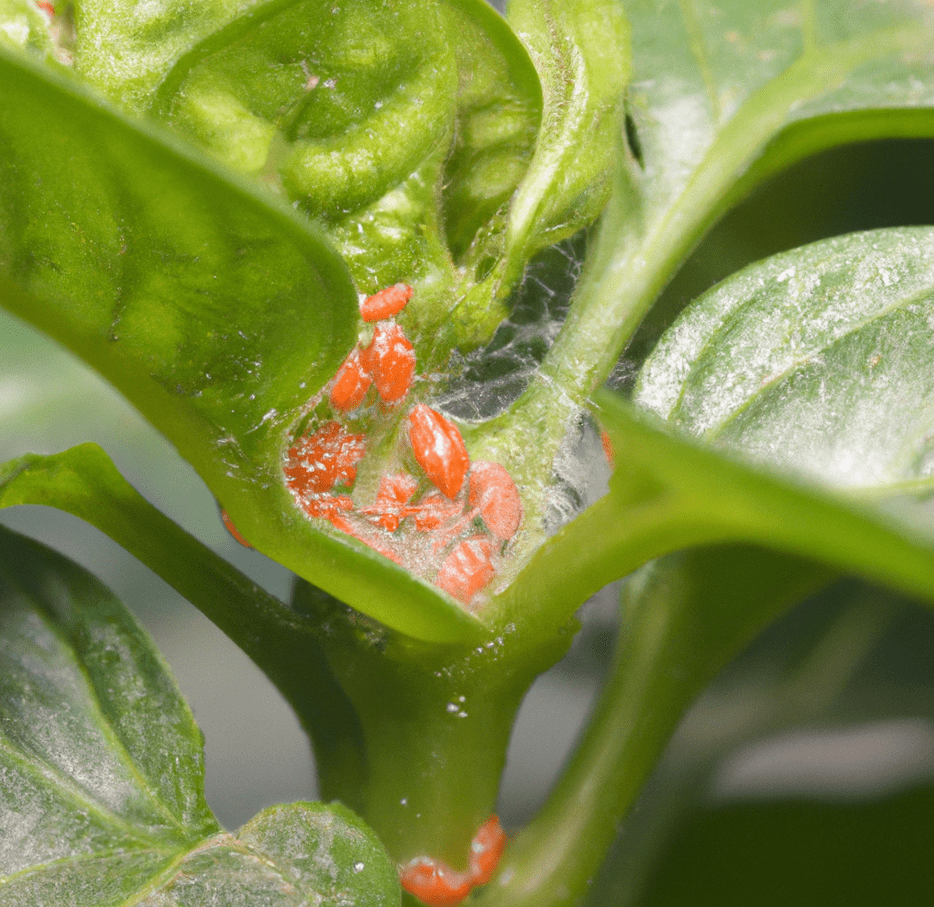
4. Blossom End Rot
These are dark prints or blotches that appear on the leaf-ends.
You can counter this by keeping your soil hydrated and ensuring water regularly.
Frequently Asked Questions
Is it okay to grow hot peppers and sweet peppers next to each other?
Yes, it is okay to grow your hottest peppers alongside your sweet bell peppers. They do not normally cross and you will also not have to worry about your bell pepper plants affected by the hot peppers. It is recommended that you space them 18-25 inches apart from one another.
Is growing peppers in containers alright?
Yes, container gardening is effective when growing peppers as well. Just ensure that each pot is at least 5-gallon in size. We also recommend sticking to a 16-18 inch clay pot.
How often do I fertilize my bell pepper garden?
If you haven’t done so at an earlier stage, you can fertilize now. Simply add a layer of time-released or organic plant food around the base of your pepper plants, then pull back the mulch, add fertilizer, replace your mulch, water it down and your pepper plants are good to go.
Why is my pepper plant losing blooms?
Your pepper plant may be losing blooms for several reasons. The most common reason is hot weather and blistering heat.







